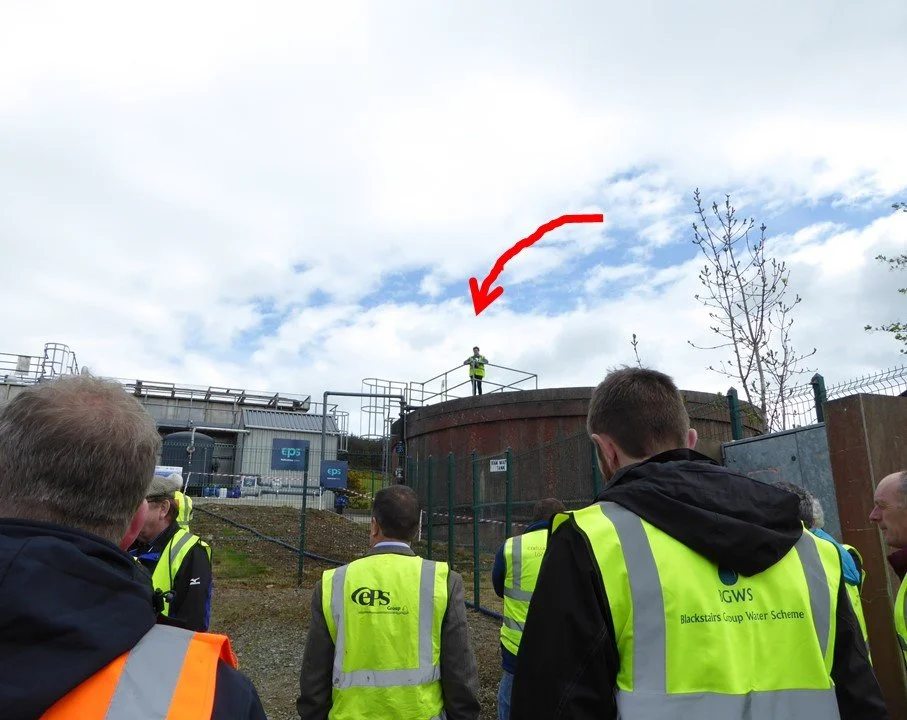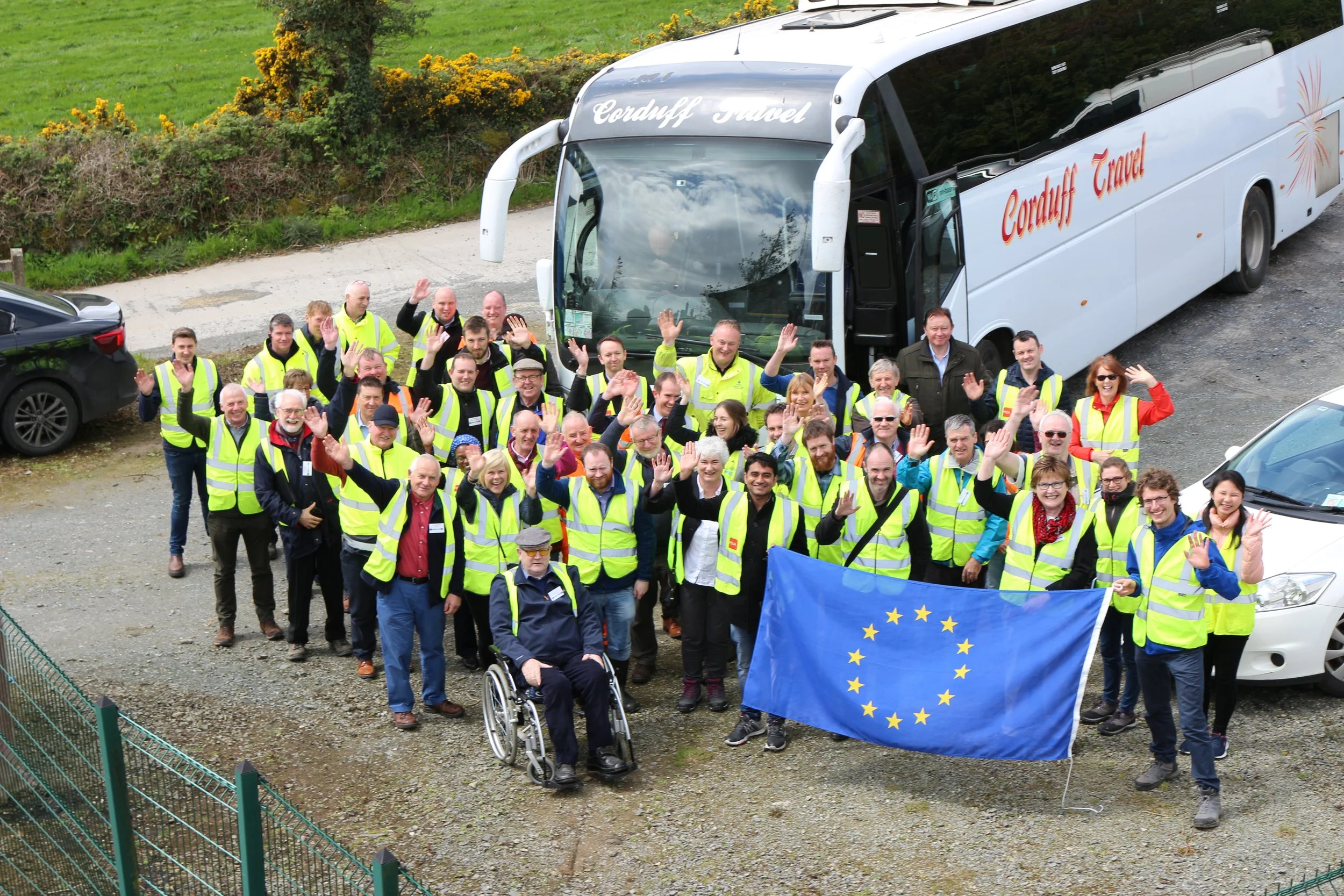Isabel Schestak
From beginning to end, working on the Dŵr Uisce project has been a very fulfilling experience for me. The team here at Bangor, Wales – where I am based – and our colleagues in Dublin have been inspiring and supportive. I liked the international mix and the topics we collectively worked on: solutions for real world application, with the aim to drive sustainability of water-related energy use in businesses. My work package focused on the quantification and evaluation of environmental impacts and/or benefits through interventions in water and energy management, such as for example the installation of a heat recovery system in a business, using the Life Cycle Assessment methodology.
Learning happened both within the university walls and outside, through interactions and collaboration with various project partners. I learned a lot from our engineering colleagues about heat recovery potentials and heat exchangers, for instance. Seeing the installation of a drain water heat recovery system at the restaurant at Penrhyn Castle unfolding and finally making a real impact in reducing the carbon footprint with savings of 300 kg CO2 equivalent per year was very satisfying. In addition, while sharing my knowledge and experience with our non-academic partners to raise awareness and deepen their understanding of the environmental impacts and solutions, I, in turn, got insight into industrial processes and manufacturing techniques as well as current sustainability challenges from businesses such as creameries, breweries and distilleries, restaurants and hotels.
Photo 1: Site visit at Arbikie Distillery, Isabel (left) and distillery manager Kirsty Black (right)
What a privilege to get to step behind the scenes of a distillery and get to know each step of whisky making – sorry, I will keep the recipe to myself! I’ll never forget the pleasant smell I was surrounded with at Arbikie distillery when standing next to the strawberry vodka still (Photo 1).
It always made for a good introduction at a conference to say “I’m working on whisky”. I’m very grateful for the opportunity to meet some of the researchers I had been citing in my thesis and articles in real life at conferences and to present my work to a global audience (and learning how to overcome, at least to some extent, the anxiety of presenting on a big stage).
The visit to Ireland to attend the opening of the micro-hydropower installation at the Blackstairs Group Water Scheme site in Co. Wexford will forever be one of my special ‘Dŵr Uisce’ memories (Photos 2 and 3): how inspirational to see a motivated community donate the revenue generated from the pump-as-turbine to make positive change in a community in Uganda.
Photo 2: Isabel standing on the Blackstairs water tank while taking the group picture in Photo 3.
Photo 3: Opening of the micro-hydropower installation at Blackstairs GWS, Co. Wexford, Ireland.
I really hope that our work can continue making a long-lasting contribution to how businesses in the food & drink and hospitality sectors use water and energy. I’m particularly thinking of one of my favourite pieces of work, the heat recovery calculator for commercial kitchens. Try it out here, if you haven’t yet! It’s free.
Thanks to all my colleagues, former and current ones, and to our partners and supporters in Ireland, Wales and the UK for making this project happen, and your motivation and will to collaborate!



